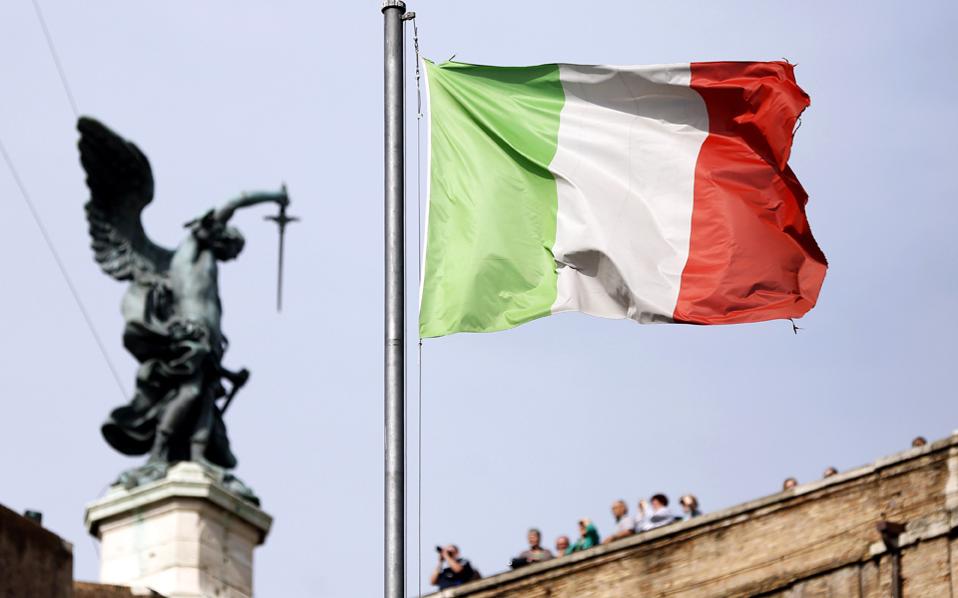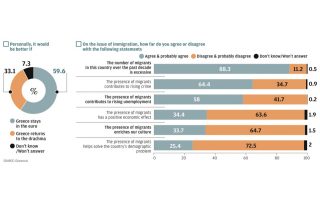As the wider crisis fades, Italy must focus on internal convergence

My favorite metaphor about Italy is that the country resembles the Torre di Pisa. It is a beautiful historical building that for centuries has looked like it was about to fall. But it still stands.
Now that most analysts claim that the worst of the eurozone crisis is behind us, Italy might finally face up to its own problems rather than blaming Europe. A first sign came with the recent elections that showed a decline of anti-European parties. Popular backing for European institutions is also returning, albeit timidly. Finally, growth is expected to exceed its (low) potential rate in the coming two years. If you were sitting on the top of the Torre di Pisa, still standing after a protracted decline and with a better perspective of your future, wouldn’t you relax? You shouldn’t, because you are still leaning. That is exactly Italy’s problem.
It may sound provocative, but for all the pain that Greece has suffered, it has still had it better within the monetary union than Italy. Since the beginning of the century, Italians’ per capita income has grown less than that of the Greeks. Italy came into the crisis in an already weakened state. In fact, its problems predate the euro.
Italy had suffered a long period of disappointing growth since the beginning of the 1990s, combined with high public debt and stagnant productivity. The standard of living of the average Italian in 2017 is worse than it was 20 years ago. The average worker produces less value today than in the second half of the 1990s, despite technology innovation and the integration of international markets.
The story goes back to the profound sentiment of mistrust that gripped the country when major corruption scandals broke out 25 years ago. The political class lost credibility exactly at the moment when taxes became higher and public services declined. The North-South divide emerged as a major chasm as public money became scarce.
Europe offered a way of redemption, allowing the country to adopt a stable framework for economic policy. But when Europe too ended up in the doldrums, mistrust returned with a vengeance to Italy. Investments declined by 30 percent. In a matter of few years, Fiat moved its seat and its focus abroad, Pirelli was acquired by a Chinese group, Italcementi became German and Luxottica French, just like many of the most glamorous names in the fashion industry. In a quarter of a century the average income declined from 95 percent to 75 percent of the German equivalent. Should it keep falling, it would be delusional to imagine that there wouldn’t be political consequences. Moreover, while Greece receives significant transfers of income from Brussels, Italy is a major net payer.
Yet the fact that the anti-European forces have not prevailed is not without explanation. The country remains the second most powerful industrial engine of Europe and its northern regions are among the wealthiest in the world. Even during the crisis, exports have never stopped growing vigorously, as half of the country’s economy is tightly interlinked with the global economic system, much like it was when the Torre di Pisa was built. The crisis has widened the gap between the thriving Italy and the one falling behind. The challenge today is how to help the laggards catch up with the front-runners.
* Carlo Bastasin is a nonresident senior fellow at the Brookings Institution and the author of “Saving Europe: Anatomy of a Dream” (2nd edition, Brookings Institution Press, 2015).





